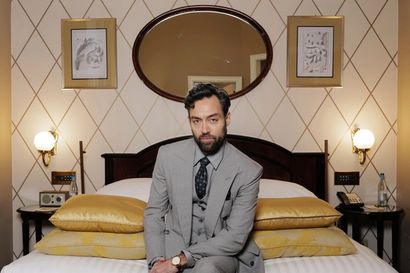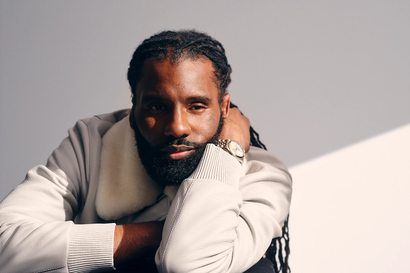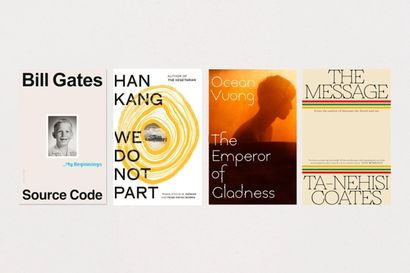Shelf-isolation: The classic novels you finally have time to read
It's time to turn off the TV and tackle that mounting pile of must-read literature
Let’s be honest, how many of us have at least one unread novel gathering dust on our bedside table, the Waterstones receipt still tucked between the new, unturned pages? A ‘classic’, bought or given with good intentions but never able to compete against the lure of Instagram, BBC Sport and Netflix in our normal hectic lives? Well, with commutes cancelled and laborious meetings trimmed down to essential-only Zoom conferences, the one thing the coronavirus pandemic has afforded is the chance to carve out time to work your way through some literary greats.
Whether it’s to the battlefields of the Napoleonic wars or Holden Caulfield’s New York City, the power of a good book to transport you from the corona-filled worries of the present to another time and place is one of life’s enduring joys. And, who knows, we might all leave self-isolation a little wiser and a little more able to quote Tolstoy at a dinner party. So pour yourself a dram, find a cosy corner and settle in with one of these classic novels…
The Great Gatsby by F. Scott. Fitzgerald

Fitzgerald’s third and most famous novel needs no introduction. An overdone theme for fancy dress parties, Gatsby’s shimmering world of sequinned dresses and champagne saucers has become part of popular culture, used now as a sweeping descriptor to sum up the entire Prohibition Era.
You may think you know The Great Gatsby well enough from watching Leonardo DiCaprio do his thing in Baz Luhrmann’s 2013 film, but it’s no substitute for Fitzgerald’s narrative. Beneath the heady glamour of The Charleston is a world of callous corruption, murder and crippling class struggle, all bundled together in Jay Gatsby’s quest for the ‘little green light’, the American Dream, and an unattainable love. The Great Gatsby was savaged by critics as shallow and ‘painfully forced’ when it was published in 1925, but 95 years later has gone on to become a key part of 20th century American literature.
The Old Man and the Sea by Ernest Hemingway
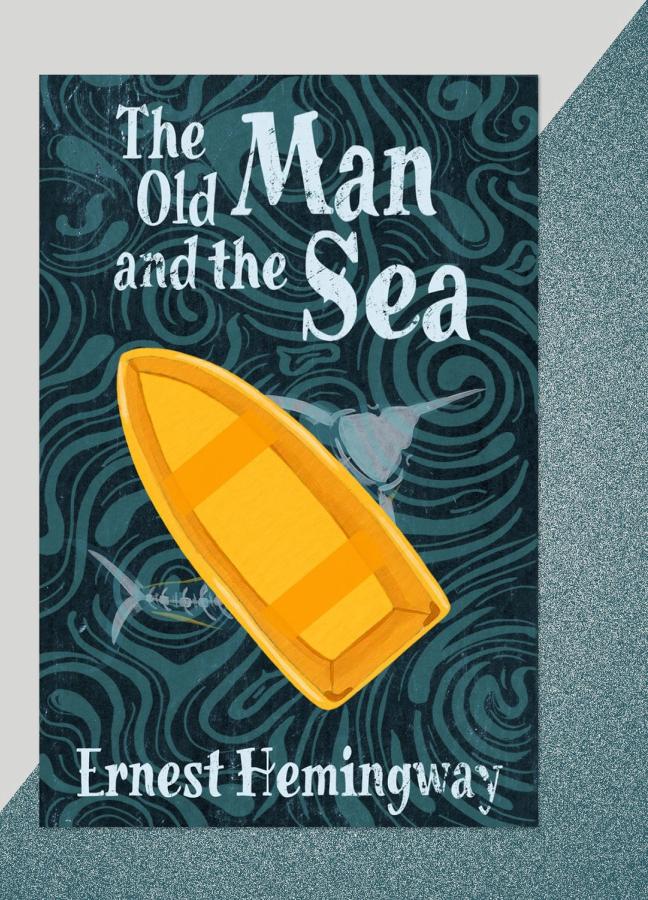
Hemingway’s last major work of fiction, the hero of this novel is an ageing and increasingly desperate Cuban fisherman named Santiago, who engages in a long and gruelling battle with a giant fish. Struggling against the elements for days on end, Santiago comes to deeply respect the fish’s dignity and perseverance, wondering who could possibly be worthy of eating the majestic creature.
With every pull of the fishing line and lurch of the sea, Hemingway explores his ongoing fascination with proving one’s manliness through pain and physical endurance. Santiago’s young apprentice Manolin laps up the old man’s wisdom, displaying deep love and respect for his master. Hemingway writes with his typical economy of language and no-nonsense style, but Santiago’s advice is as prescient now as it ever was: “Now is no time to think of what you do not have. Think of what you can do with what there is.” The novel is short and eloquent, and demands to be read in one sitting.
Midnight’s Children by Salman Rushdie

A dizzying mix of imaginary personal narrative and historical events, Midnight’s Children weaves in and out of India’s post-colonial history with a magical realism that defines Rushdie’s unique style. The protagonist, Saleem, is born by chance at the precise moment India is granted independence, linking him inextricably to the fate of the great subcontinent, as if he were responsible for all the historical events he witnesses.
As Saleem grows, an independent India begins to flex its muscles, and Rushdie grapples with India’s transition from colonialism, the partition, and subsequent conflict with Pakistan, as well as his own deep disapproval of Indira Gandhi in the 1970s. It may sound intense but this seminal British-Indian story is packed with imagination, made up Hinglish words and hilarious anecdotes, twisting and turning through decades of modern Indian history.
War and Peace by Leo Tolstoy

Another heavyweight well worth investing time in, finishing Tolstoy’s gargantuan War and Peace is an achievement in its own right. The epic tale charts the human joys and tragedies of the Napoleonic Wars in Russia, flitting between Moscow and St Petersburg as it follows young soldiers from elegant balls and romances into vivid accounts of the misery of battle.
The story follows the interwoven lives of five aristocratic Russian families, from the dramatic love triangle of bumbling, illegitimate son of a count Pierre, the enchanting Natasha and headstrong, ambitious Andrei, to the shallow and sneaky Anatole and naïve young Nicholas. As the plot unfolds allegiances change and suddenly you may be surprised by which characters appeal the most. Ignore any advice to skip the ‘war’ sections, find a cosy corner and settle in for the long haul; it’ll be worth it.
The Catcher in the Rye by J D Salinger
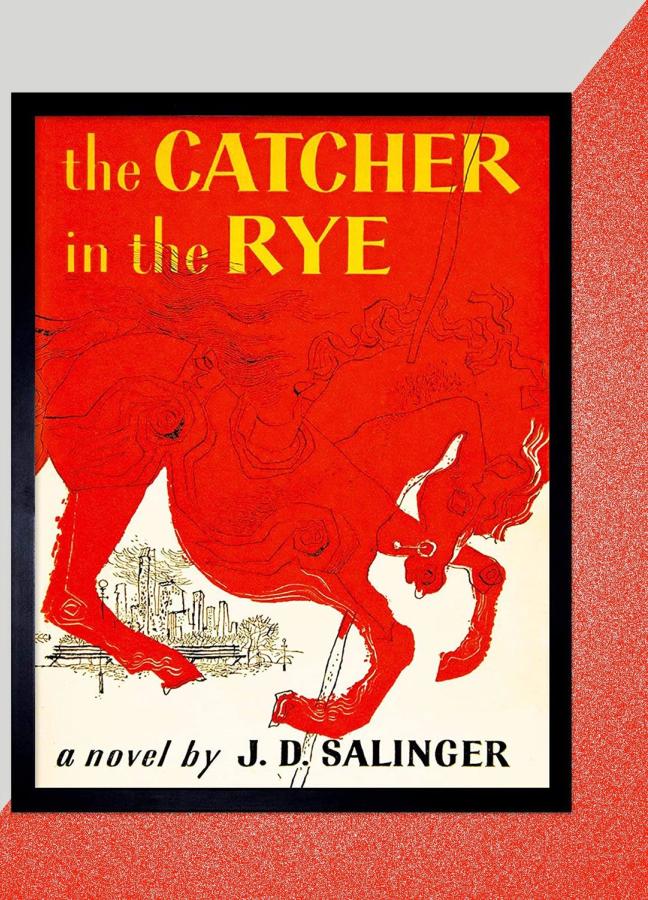
A coming of age novel in the truest sense, there’s a part in all of us that identifies with the angsty sixteen-year-old honesty Holden Caulfield displays in The Catcher in the Rye, as he grapples with convention in a first person narrative which is poignant, funny, sad and irresistible. From the very first page, you get right into Holden’s head as he shuns “all that David Copperfield kind of crap”, runs away from boarding school and holes up in 1950’s New York City without a plan. His relatively harmless meanderings around New York (save for a failed encounter with a prostitute) are interspersed with cynical pearls of wisdom such as: “When you’re not looking, somebody’ll sneak up and write “F**k you” right under your nose.”
The Count of Monte Cristo by Alexandre Dumas
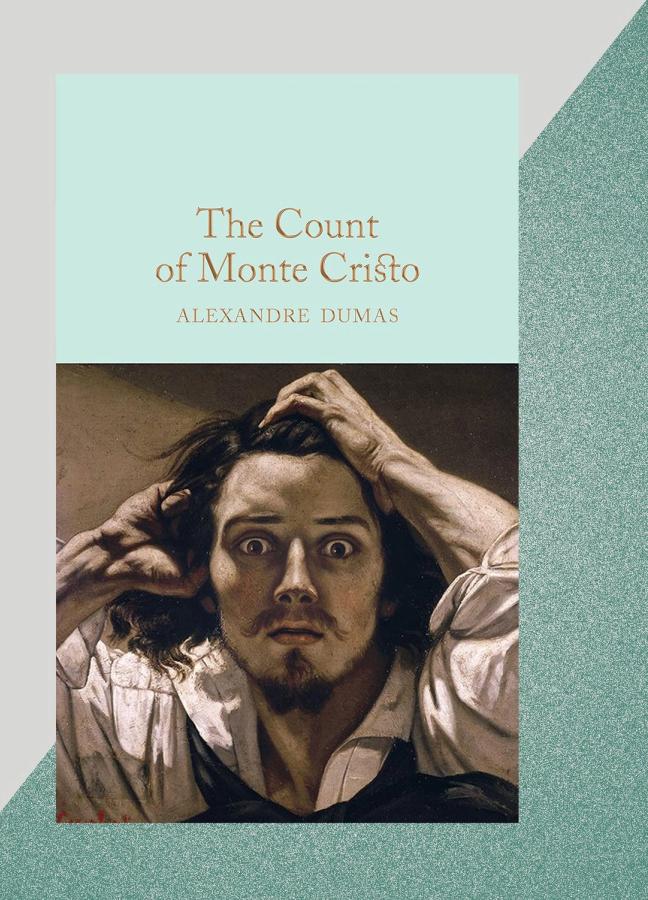
Armchair escapism doesn’t get better than this – an adventure story of prison escapes, poisonous concoctions, hidden treasure, treason and revenge from the author of The Three Musketeers. Careering around 17th Century France, Italy and the islands of the Mediterranean, Dumas’ story follows the heroic exploits of merchant sailor Edmond Dantès.
Wrongly imprisoned for a crime he didn’t committed, Dantès is sent to the grim island fortress Château d’If off the coast of Marseille. He discovers a large fortune and takes justice into his own hands, spending many months plotting a bloody revenge on his captors. Like many of Dumas’ novels, The Count of Monte Cristo was an instant hit when it was translated into English and was widely considered as the most popular book in Europe for some time. One for adventure lovers, the tale has all the trappings of a great escape and the power to captivate the modern reader as much as it did in the 1840s.
The Picture of Dorian Gray by Oscar Wilde
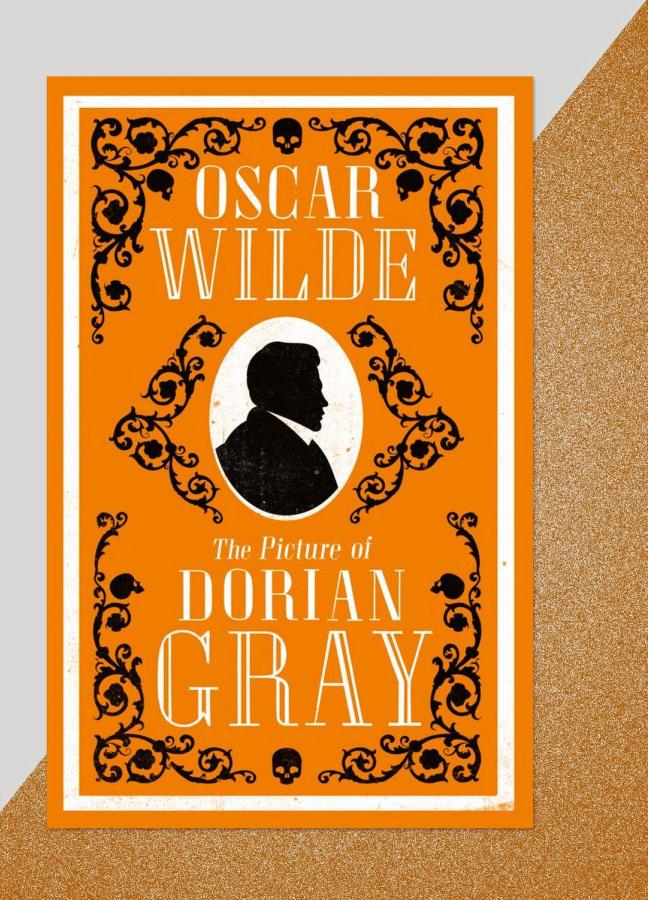
The Picture of Dorian Gray was condemned as deeply scandalous when first published in 1891, with some critics calling for Wilde to be prosecuted on moral grounds. Playing on an age-old storyline, a naïve and impossibly handsome Dorian Gray agrees to trade his soul for eternal youth. The novel was seen to be promoting depravity, rather than warning against it, and it wasn’t until many years after Wilde’s death that his one and only novel finally took its place as a literary masterpiece.
In modern terms, The Picture of Dorian Gray is a beautifully entertaining allegory for the pitfalls of hedonism and vanity, and a reminder than no beauty will last forever. As Wilde so poignantly reminds us, “The books that the world calls immoral are books that show the world its own shame.” If not for the moral tale, read it to be transported to the fascinating excess and debauchery of fin de siècle London.
On the Road by Jack Kerouac
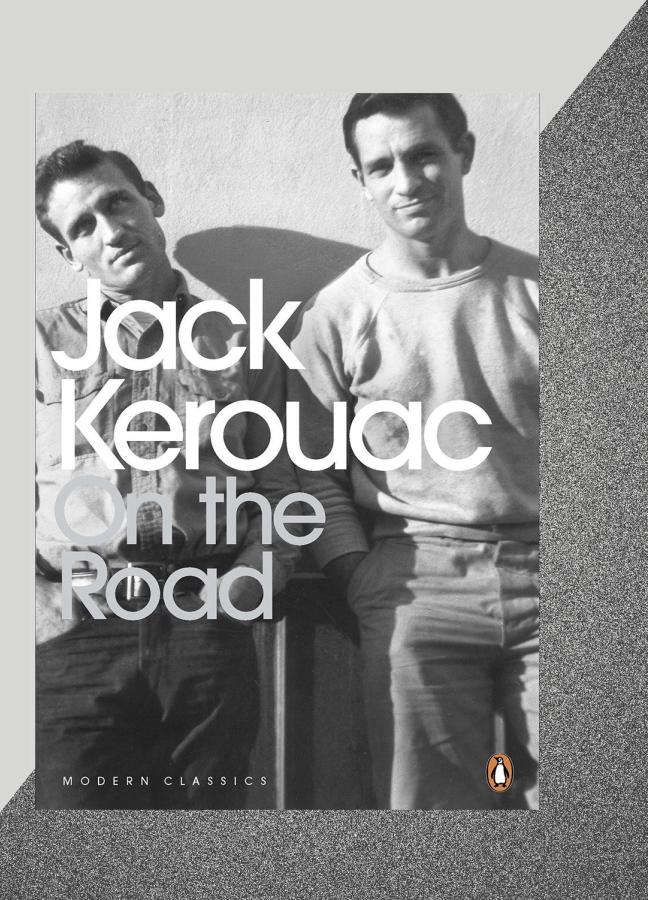
Fuelled by pea soup and amphetamines, young Jack Kerouac wrote On the Road in one non-stop typing spree, gluing page after page together into a continuous roll so he didn’t even have to draw breath to refresh his typewriter. Sweating profusely, he banged out an entire 90,000 word ‘wild form’ draft in just three weeks, inspired by his nostalgia for the gritty adventures of Western frontier pioneers and the many long road trips he took with friends.
The novel is semi-autobiographical, and captures the restless dissatisfaction of post-war America in the 1950s. Heralded by many as capturing the spirit of the Beat generation, Kerouac’s three bohemian protagonists feel a deep yearning for the freedom of the open road, to live in the moment and seize their youth.
Brideshead Revisited by Evelyn Waugh
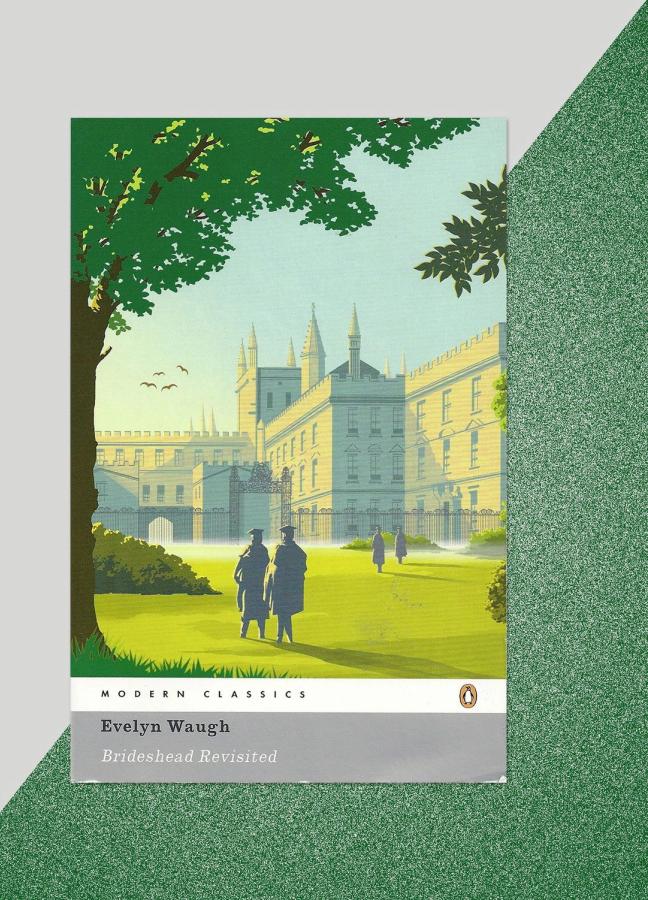
Re-popularised by various TV and film adaptations, Brideshead transports you to an elitist 1920s dreamworld of champagne, punting in Oxford and weekend jaunts to the magnificent stately home of Brideshead Castle. Set against the fading glory of the English aristocracy in the early 20th century, Waugh’s protagonist Charles is simultaneously attracted and repulsed by this world of finery his friend Sebastian introduces him to.
Beneath a deeply nostalgic depiction of a bygone era of white linen suits and masquerade balls, Evelyn Waugh weaves in one of the most beautiful portrayals of love and heartbreak in fiction. The homo-erotic undertones of the novel have been hotly debated since it was first published, with critics falling on both sides of the fence when it comes to deciphering if Charles and Sebastian’s friendship is purely platonic.
Frankenstein by Mary Shelley
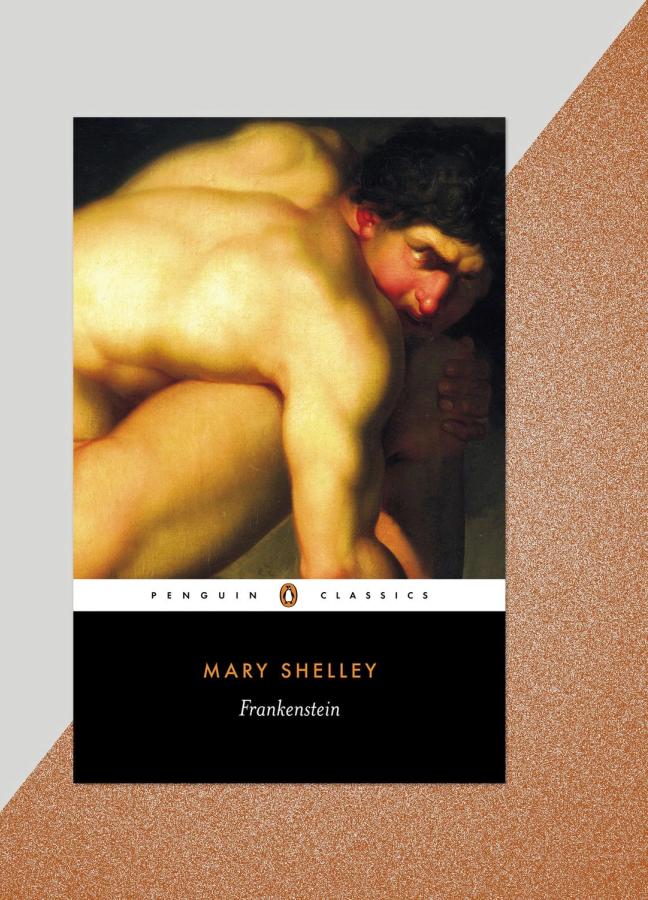
Keep corona-mania in some kind of perspective with a good Gothic horror to distract you from your 21st Century worries. On holiday on the shores of Lake Geneva in the rainy summer of 1816, Lord Byron challenged his three house guests to write a ghost story to pass the time. 19-year-old Mary Shelley produced Frankenstein, after having a vivid nightmare about a stitched-together corpse being brought back to life.
After an unorthodox experiment, the intelligent but irresponsible Dr Frankenstein unleashes a monster far beyond his control, triggering a chain of destruction and horror that culminates in an epic chase to the North Pole. “If I cannot inspire love, I will cause fear,” warns the monster, in what many cite as the start of a new genre of science fiction. Questioning the huge leaps in scientific advances of the time, Shelley’s fears about man playing God and manipulating his powers against nature remain a stark warning today.
These are the best audiobooks to download from Audible now…
Join the Gentleman’s Journal Clubhouse here.

Become a Gentleman’s Journal Member?
Like the Gentleman’s Journal? Why not join the Clubhouse, a special kind of private club where members receive offers and experiences from hand-picked, premium brands. You will also receive invites to exclusive events, the quarterly print magazine delivered directly to your door and your own membership card.
